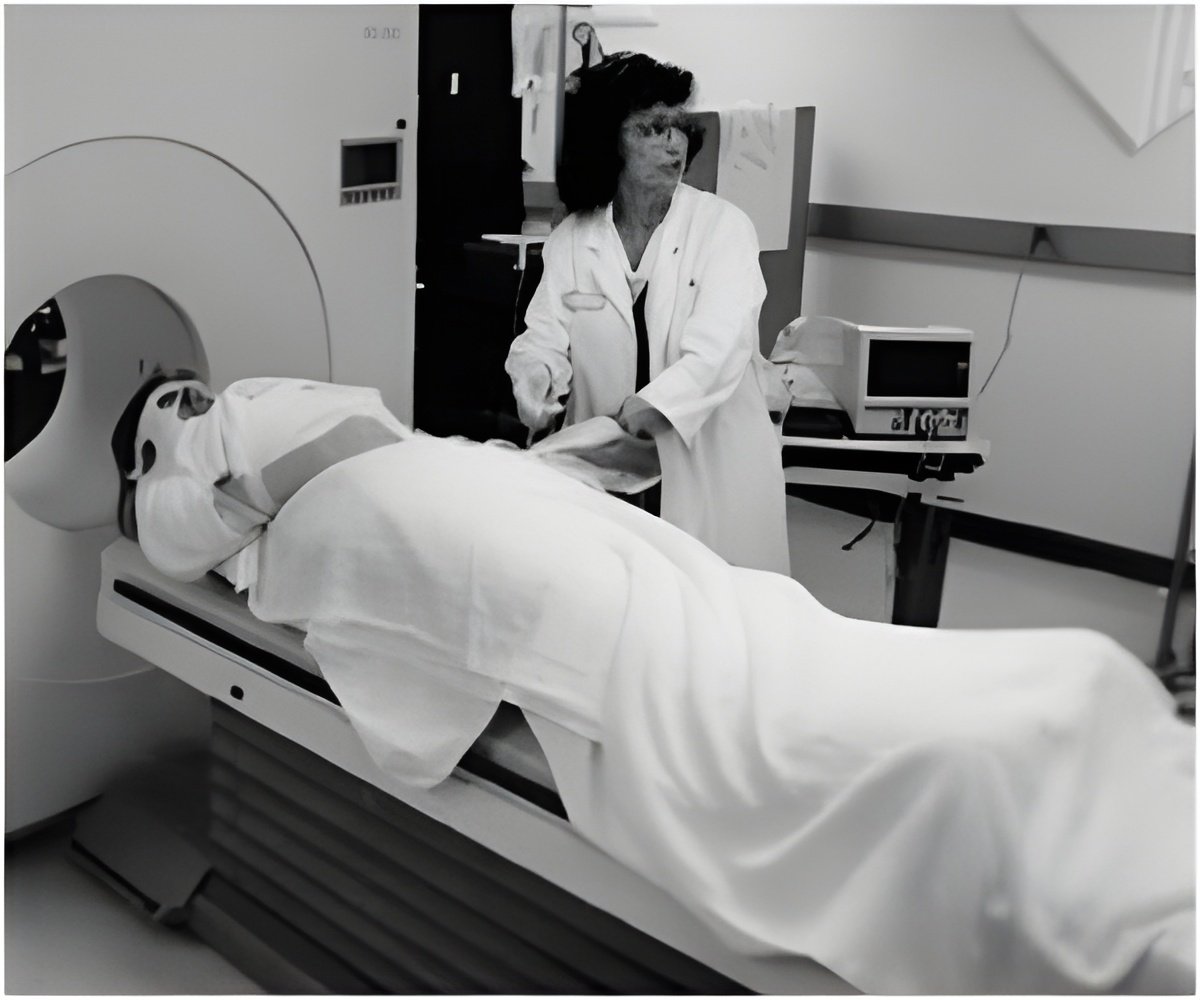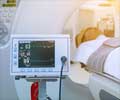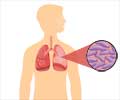Radiotracer provides valuable information to guide personalized therapy for tuberculosis, according to a new research

‘TB patients could benefit from PET/CT scan which provides the whole-body survey and identify various disease sites. This helps to provide an early assessment of disease extent which in turn helps to provide early management.’
Read More..




TB most frequently involves the lungs; however involvement of tissues and organs other than the lungs is referred to as extra-pulmonary tuberculosis. Read More..
"Extra-pulmonary tuberculosis presents a particular challenge as the disease site is often not accessible for performing an invasive diagnosis. The physician thus relies on the clinical diagnosis for initiating treatment as well as deciding the duration of therapy, which can be difficult," said Bhagwant R. Mittal, MD, DNB, professor and department head of nuclear medicine at the Postgraduate Institute of Medical Education and Research in Chandigarh, India. "In our study, we aimed to evaluate the utility of 18F-FDG PET/CT in the initial diagnosis and response assessment of patients with extra-pulmonary tuberculosis."
Ninety-three patients with extra-pulmonary TB were prospectively enrolled in the study prior to the initiation of treatment. The patients underwent 18F-FDG PET/CT imaging as a baseline, and then received follow-up imaging after two months and after treatment completion. Follow-up scans were categorized into three groups: complete metabolic response (no abnormal lesions), residual disease (persistent lesions, but no new lesions) and disease progression (new lesions compared to the baseline scan).
In the baseline scans, 176 lesion sites were detected among the 93 study participants. The most common sites included the lymph nodes and central nervous system. Two month follow-up scans were performed on 47 patients, and 21.2 percent were classified as having complete metabolic response, 72.3 percent had residual disease and 6.4 percent were characterized as having disease progression.
A final scan was conducted post-treatment and, of the 28 patients imaged, 28.6 percent had complete metabolic response, 53.6 percent of patients showed residual disease and 17.8 percent had disease progression. During the course of the study, 12.9 percent of patients died. Of these deaths, the patients who fell in the disease progression category had the highest mortality rate--60 percent.
Advertisement
Source-Eurekalert












